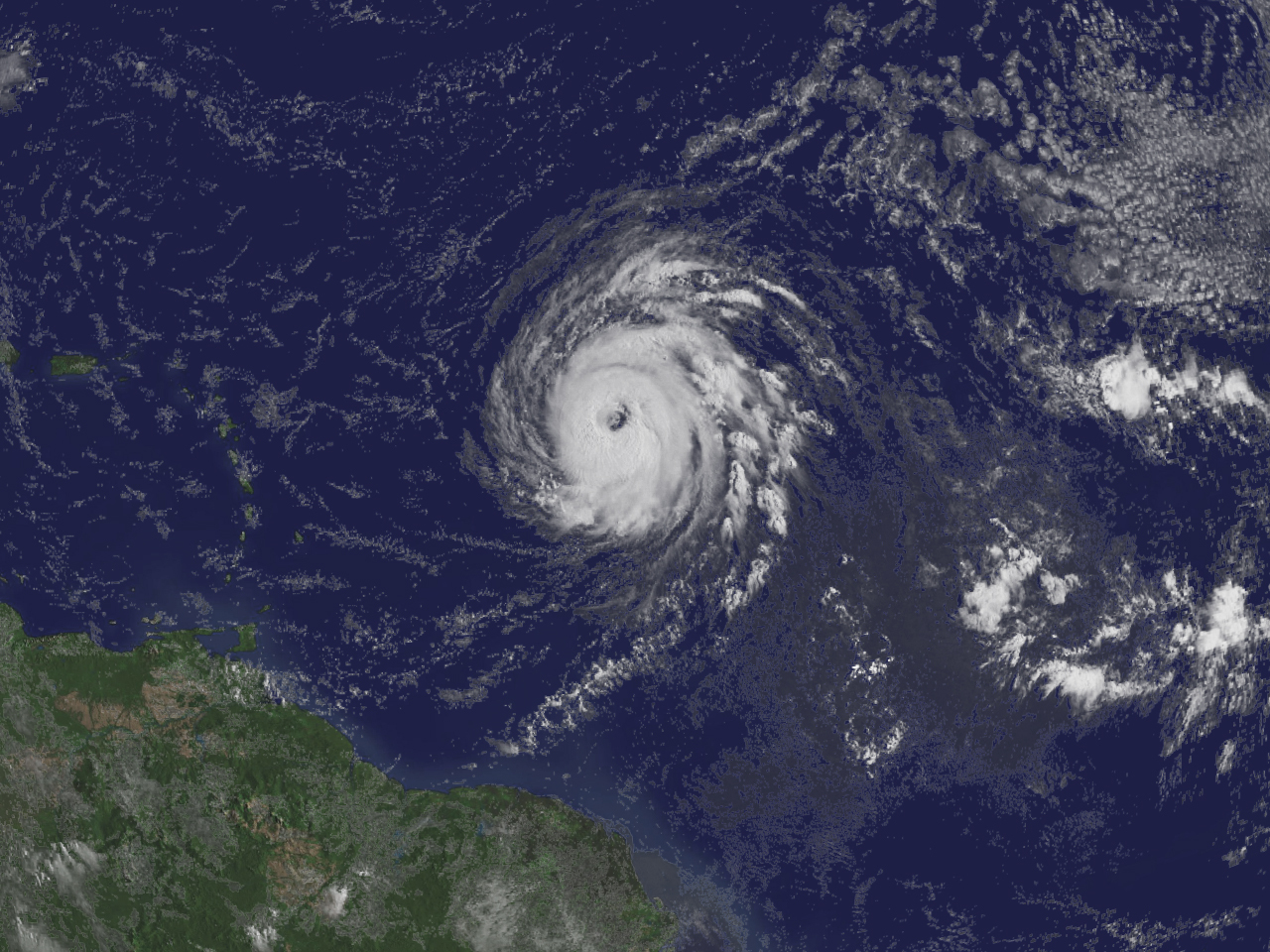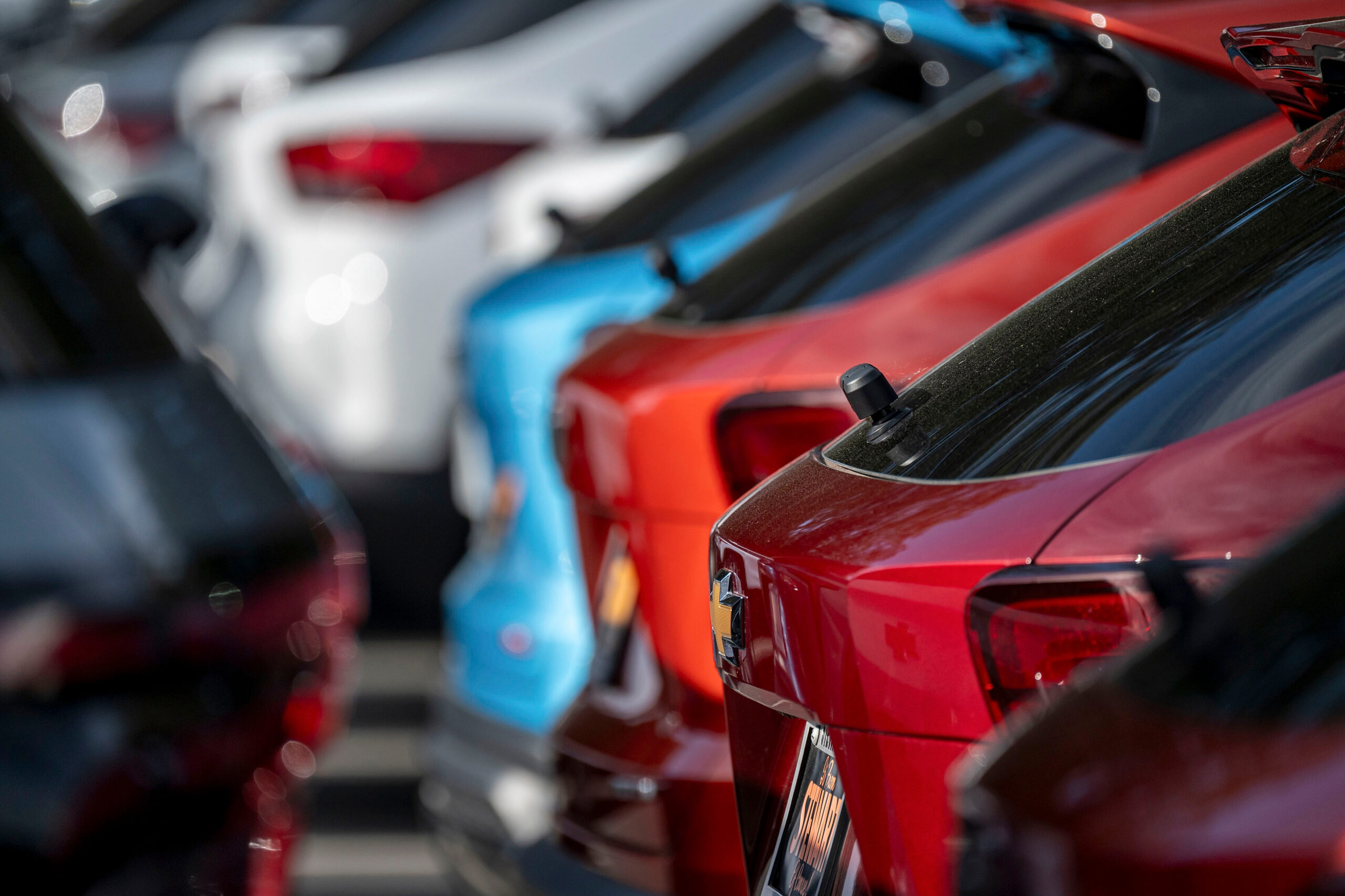Preliminary research indicates that the legalization of recreational marijuana in 10 states has increased accident rates, the Insurance Information Institute said Wednesday.
The group cited an October 2018 study by the Highway Loss Data Institute that shows collision claim frequency was 12.5% higher in Colorado and 9.7% higher in Washington than in nearby states that did not legalize recreational use of marijuana. Oregon also had a 1% greater rate of collision claims than neighboring states.
“When a state legalizes marijuana, more people use the drug,” states the institute’s white paper, released Wednesday. “More people using marijuana is associated with more people driving with THC in their systems. The standard personal auto policy does not address driving under the influence of any drug, including alcohol and marijuana. However, auto insurance rates may be affected by the spread of marijuana legalization, particularly if such legalization is associated with an increase in impaired driving and related accidents.”
Much of the institute’s is based on a study by the Insurance Institute for Highway Safety and the Highway Loss Data Institute released last fall. HLDI analysts estimated that the frequency of collision claims per insured vehicle year rose a combined 6 percent following the start of retail sales of recreational marijuana in Colorado, Nevada, Oregon and Washington, compared with the control states of Idaho, Montana, Utah and Wyoming. The combined-state analysis is based on collision loss data from January 2012 through October 2017.
A separate IIHS study examined police-reported crashes before and after retail sales began in Colorado, Oregon and Washington from 2012 to 2016. IIHS estimates that the three states combined saw a 5.2 percent increase in the rate of crashes per million vehicle registrations, compared with neighboring states that didn’t legalize marijuana sales.
Another study showed an increase in the number of drivers involved in fatal accidents who tested positive for marijuana use.
The National Bureau of Economic Research published in March 2018 found that the share of fatal accidents in which at least one driver tested positive for marijuana increased in Colorado and Washington after marijuana was legalized in both states in 2014. In Colorado the fraction of positive tests increased by 9% from 2013 to 2016; in Washington the increase was 28% during that period.
However, a separate study by the libertarian-oriented Reason Foundation published last September points out that the presence of cannabis in a blood test does not mean the driver was impaired at the time of the accident because THC remains in the blood long after its intoxicating effects subside.
The Reason Foundation’s report, based on a review of available literature, concludes that there is no definitive pattern related to cannabis legalization’s impact on traffic accidents. The study says that previous research that has show a correlation between increased accidents and marijuana may actually be measuring the impact of alcohol impairment, since alcohol is used in combination with marijuana in at least half of all instances. What’s more, increased testing for TCH could also be contributing to the rise in “so-called marijuana incidents.”
“Some studies, especially concerning medical marijuana, suggest that marijuana legalization might actually reduce fatalities by reducing drunk driving,” the Reason Foundation said. “All in all, no conclusive or definitive patterns related to cannabis legalization have appeared in the data or research to this point.”
James Lynch, the Insurance Information Institute’s chief actuary, notes in Wednesday’s Insurance Information Institute white paper that there is currently no “breathalyzer” equivalent to detect marijuana impairment. The researchers say some states set specific THC limits, such as 5 nanogram per millimeter, while other states prohibit motorists from driving with any trace of THC in their blood.
Other research suggests that acute impairment could increase the risk of crash culpability, although the magnitude of the increased risk requires further study. One review found that the increase in crash risk culpability could be 22 percent or 36 percent, depending on the model used.
Another review found evidence that 20 percent to 30 percent of crashes involving marijuana occurred because of marijuana use. That compares to research that showed 85% of crashes involving alcohol occurred because of the alcohol.
Drivers who consume both alcohol and marijuana amplify the effects of both drugs, the institute said. A 2017 study found that the adjusted odds ratio of fatal crash involvement for testing positive for alcohol alone were 16.33 and for marijuana alone 1.54. But the ratio for testing positive for both substances was 25.09.
“Alcohol may also increase THC levels. Any potential compensatory defensive driving is nullified when a user mixes alcohol and marijuana,” the paper says.
The institute said research suggests that more people consume marijuana afterit is legalized and that users consume more of it. That translates to an increase in the number of impaired drivers on the road.
So far the research into accident rates has not included California, where recreational use of marijuana did not become legal until January 2018. Janelle Dunham, a spokeswoman for the agency, said its most recent data on collisions is from 2016.
Was this article valuable?
Here are more articles you may enjoy.

 An Unusually Active Hurricane Season Is in Store for the Atlantic
An Unusually Active Hurricane Season Is in Store for the Atlantic  Trump’s Tariffs Threaten to Endanger the Cheap American Car
Trump’s Tariffs Threaten to Endanger the Cheap American Car  Scammers Are Pushing Auto Loan Fraud to Record Levels
Scammers Are Pushing Auto Loan Fraud to Record Levels  Family of Canadian CEO Killed in Helicopter Crash Files $35 Million Lawsuit
Family of Canadian CEO Killed in Helicopter Crash Files $35 Million Lawsuit 